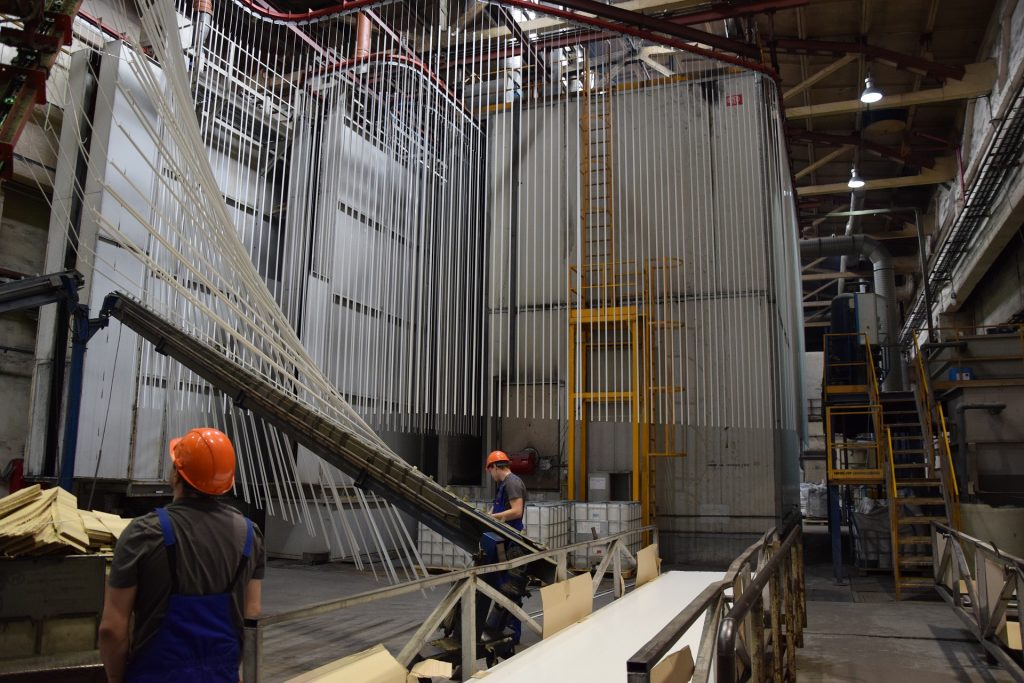US aluminium tariffs; collateral damage and a missed target: Andy Home

LONDON, June 1 (Reuters) – So the trade wars begin.
As of today the United States will impose tariffs on imports of steel and aluminium from Canada, Mexico and the European Union (EU).
Canada and Mexico have already responded in kind. The EU won’t be far behind.
Steel and aluminium are but pawns in a bigger trade game, the unique characteristics of each supply chain forgotten as the U.S. administration ratchets up the negotiating pressure on its NAFTA partners and adds autos to its list of grievances with the EU.
The loss of focus is a shame because aluminium in particular shows why tariffs are such a poor trade weapon, managing both to cause maximum collateral damage and miss the prime target.
Which is China.
It is China’s dominance of the aluminium supply chain that lies at the heart of the industry’s problems, both in the United States and everywhere else.
The country produces more than half of the world’s aluminium and has been exporting massive quantities for many years.
The Trump administration’s trade salvoes won’t change that reality.
But they have galvanised a coalition of national industry bodies, including the United States’ own Aluminum Association (AA), to try and push China rather than tariffs onto the aluminium agenda at next week’s G7 summit in Canada.

Collateral damage
By levying a 10 percent import on Canadian aluminium, the United States has just hit its largest single supplier.
Canada shipped 2.5 million tonnes of primary metal to its neighbour last year, just over half of all imports.
It’s not only supposed to be a friend and ally but, to quote from the Section 232 report which laid the ground for these tariffs, Canadian aluminium supply is part of the two countries’ “integrated” industrial defence base.
Only two of last year’s top 10 suppliers to the United States are permanently exempt from tariffs: Argentina, which shipped 250,000 tonnes, and Australia, which shipped 100,000 tonnes.
Which means that the price of aluminium is now significantly higher in the United States than anywhere else.
The CME spot contract tracking the U.S. Midwest physical aluminium premium is currently sitting at 21.25 cents per pound ($468 per tonne).
There is a Russian premium in that premium, reflecting the sanctions gun aimed at Rusal, the second largest supplier of primary aluminium to the United States last year.
But the Russian disruption is also being priced into higher premiums everywhere else and Japanese buyers are still being offered aluminium at a premium of just $160 per tonne for the next quarter.
U.S. aluminium consumers, it seems, will pay the price for the administration’s stated aim of forcing U.S. smelter restarts.
U.S. aluminium consumers, it seems, will pay the price for the administration’s stated aim of forcing U.S. smelter restarts.
However, with only around one million tonnes of dormant capacity, domestic production is never going to plug the five-million tonne import gap, even if can all be restarted.
The United States is going to remain a big importer of aluminium for the foreseeable future.
Which means that tariffs, to quote Heidi Brock, president and CEO of the U.S. Aluminium Association (AA), will do “little to address the China challenge while potentially alienating allies and disrupting supply chains that more than 97 percent of U.S. aluminium industry jobs rely upon.”
It is, she noted, “an unfortunate outcome”, which many in the U.S. aluminium product supply chains may feel to be something of an understatement.
Missed target
Tariffs, meanwhile, will have only a limited impact on China.
It doesn’t export primary metal and its U.S.-bound shipments of aluminium semi-manufactured products (“semis”) have been falling in recent years in the face of multiple anti-dumping duties, most recently on aluminium foil.
China’s “semis” export flows, running at an annualised 4.6 million tonnes in the first quarter, will simply be redirected, a prospect that is alarming the European Aluminium Association (EAA).
“This redirection could see an additional 35 percent of semi-fabricated aluminium products entering Europe, which creates unfair competition for European producers and will be particularly challenging for SMEs,” according to EAA Director General Gerd Götz.
He and everyone else in the industry is agreed that the U.S. tariffs have missed their target.
Getting global
So the U.S., European, Japanese and Canadian aluminium associations are all calling for multilateral talks with China.
“It is vital for the industry to initiate a top level process addressing overcapacity through policy changes by multilateral international institutions such as G7, G20 and the OECD,” according to the EAA.
Starting with next week’s G7 summit, where the aluminium coalition is planning to present a “roadmap” to get things going.
There is a precedent for this in the steel market, where Chinese overcapacity also led to the creation of a multilateral task force under the auspices of the G20.
International pressure played its part in Beijing’s subsequent reform of its leviathan steel sector, including the wholesale closure of both “illegal” and “zombie” capacity.
China’s exports of steel products, which roiled the rest of the world just as much as its aluminium exports, fell by 31 percent last year and were down another 26 percent in the first three months of this year.
Could collective political pressure achieve something similar in aluminium?
The timing may be highly propitious for the type of “government-to-government negotiations” called for by the aluminium associations.
Beijing is already embarked on a restructuring of its aluminium sector. As with steel, this has led to the closure of “illegal” capacity, meaning that not fully permitted, and tight restrictions on new capacity.
It is also showing signs of wanting to shift its power-intensive smelters away from “dirty” coal to “green” hydro power, a potentially massive undertaking given some 90 percent of its aluminium production capacity is based on thermal power. [
The AA’s Brock may well be right when she claims that “now is the time to negotiate a long-term, enforceable agreement with China that tackles this perennial problem once and for all.”
Jaw-jaw rather than war-war, to paraphrase Winston Churchill.
But will the Trump administration agree?
(By Andy Home; Editing by David Evans)
More News
{{ commodity.name }}
{{ post.title }}
{{ post.date }}




Comments